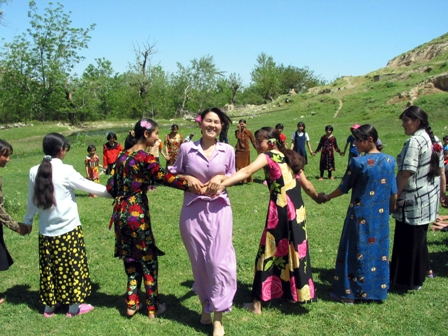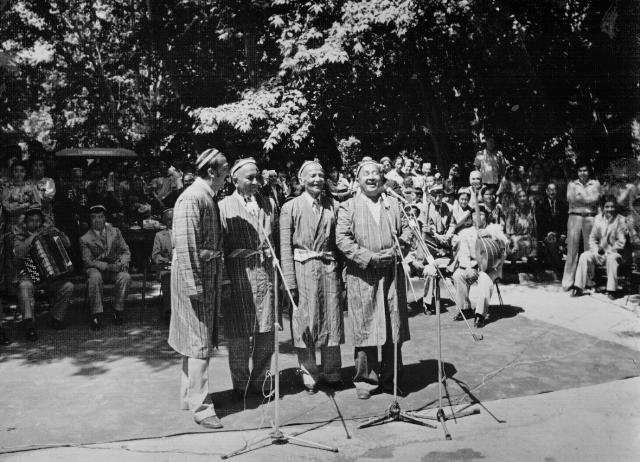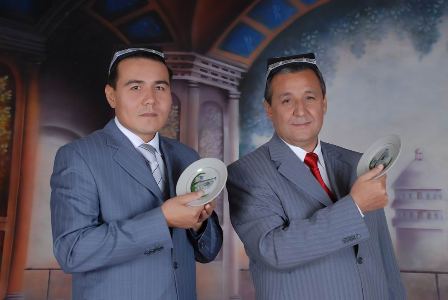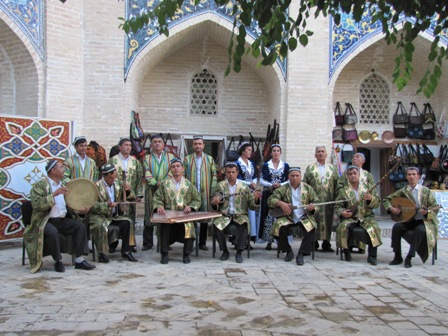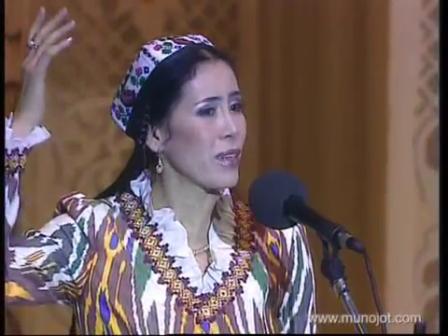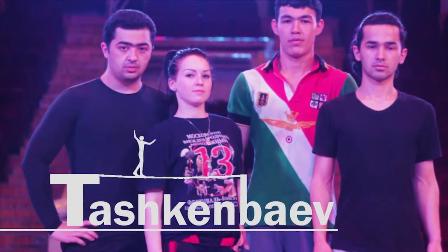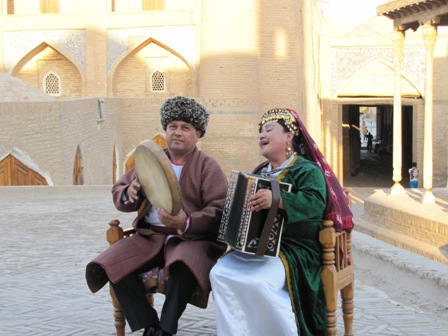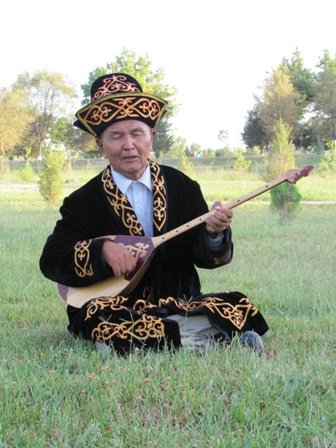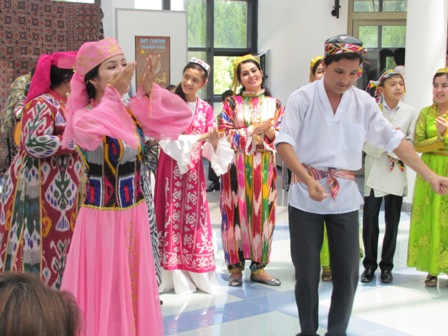Sunnat or Khatna (Circumcision Ceremony)
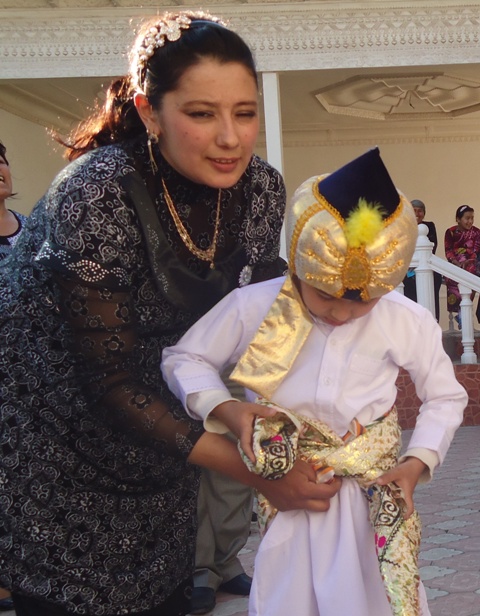
Domain: Social Practices, Rituals and Festive Events
Index Number: 03.01.02
One of the ceremonies, which have been preserved among Uzbek people, is called "oghil toy" and is conducted on the occasion of circumcision. In different regions of Uzbekistan it is known under different names, such as "sunnat toy", "chuqron", "khatna toy", "qolini halollash (poklash)".
This ceremony is also associated with remote past (i.e. it emerged in early stages of history of humankind), when there was a ceremony of coming-of-age, i.e. a special ceremony celebrating transition of boys from one stage of life to another. Celebration of this kind of ceremony became a tradition among the Jewish people and in the countries and areas, where Islamic religion got widely spread. Organization of celebration on the occasion of circumcision is considered as "fulfillment of Sunnah of Islamic religion".
In Uzbekistan this ceremony has ancient roots. It was carried out among boys of 3-5-10 years old (sometimes, when they turned 11-12 years old) with participation of relatives, neighbors and members of local community. Traditionally, while preparing for "sunnat toy" several rituals and ceremonies were carried out (such as sewing blankets and festive dresses, making the cut, etc.) by middle-aged and old women of mahalla, who had many children. Before the festive event took place, the following ceremonies had been held: tandir qurdi, soqim soydi, maslahat oshi. These were followed by the ritual of reading Koran (hatmi quron), to which an imam, elders of a village (mahalla) and relatives were invited. At the house, where "sunnat toy" is to be organized, festive table is laid and pilaw is prepared. By the end of the ceremony ayats of the Koran are read and prayer are said. After these, festive celebration begins.
During the festivity on the occasion of circumcision, a honoree is dressed with a new set of clothes in front of relatives and fellow villagers. Then, he is congratulated, money and sweets are lavished on him.
Offering pilaw to people is considered to be the biggest ceremony in this festivity. Until the 80s of the XX century, the guests, who arrived to pilaw feast, were seated on carpets and rugs, or laid on the ground, on supas and wooden beds. Nowadays, this ceremony is organized in special places (restaurants and cafes). Bread, various sweets and fruits were put on the table. As a rule, after tea was offered to the guests, pilaw was offered, which was prepared specifically for this ceremony. At present, in the majority places of Uzbekistan it became a tradition to offer pilaw early in the morning. In the past, at the end of pilaw offering ceremony (i.e. in the evening) a bonfire was made at the center of a yard, near which wrestling, tug-of-war and other types of national games were organized. A feast was organized, poems were recited, fragments of dostons were performed by bakhshis in sitting rooms (women were inside). On the next day (after the festivity) kopkari (a goat hunting) and other types of contests were organized and their winners were given prizes and awards. Children's games (such as "oltin qovoq" - in Khoresm, "quloq chozdi" - in the Ferghana Valley, "mast bola" - in Tashkent, etc.) were organized as well.
At the end of the festivity a skillful barber circumcised a boy (in honor of whom actually it was organized). Nowadays, however, circumcision is done by surgeons. In the past, skillful barber held tight the tip of boy's genital organ with a help of special wooden pin called "gharov", and then cut off the required part. During circumcision, by wishing long life and abundance, flat bread was given to a boy, who bit one piece of it. By so doing people wanted to attract boy's attention away from the pain, emerging as a result of circumcision. After circumcision was completed, chilla of circumcision (khatna chillasi) began during which some restrictions were imposed (these were the same restrictions as observed in relation to visits to the newborn and in relation to a newly married couple). In the period after circumcision a boy was not permitted to leave his house at night. Also, someone had to be near him all the time. As a rule, the circumcision was done in small circle with participation of relatives and neighbors. After 2-3 days, the boy, who was circumcised, stood up from his bed. Then, with participation of women-neighbors and relatives a ritual of making the bed (joy yighish) was conducted.





